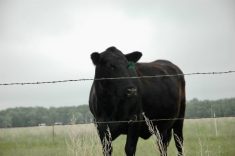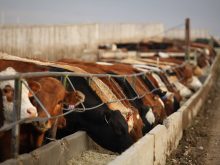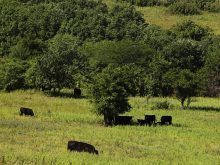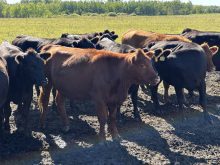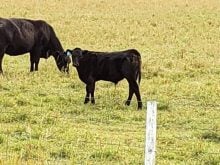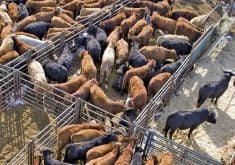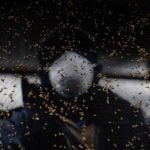Which bovine conditions might prevail if butchering the animal to salvage the meat would produce the most practical or successful outcome? We often think of this after the fact when products such as antimicrobials or painkillers have already been administered. That is where the dilemma begins. What is the slaughter withdrawal period if you plan to butcher the animal on farm or by a mobile butcher? Depending on the prognosis for a successful outcome, and whether the condition is treatable, on-farm butchering may be the most viable option. For example, there are some conditions around calving season where the cow would be better butchered, both for animal welfare and meat preservation. Here are a few examples that might help guide the decision.
Some common situations
Conditions that might make the animal a good candidate for slaughter include lumpy jaw, wooden tongue, lung abscesses, septic arthritis, early cancerous eyes, prolapsed uterus, or vaginas that are not repairable and some types of calving difficulty. There are also conditions we can recognize in the initial clinical stages, such as Johne’s disease or the early onset of peritonitis from something such as hardware disease.
Read Also
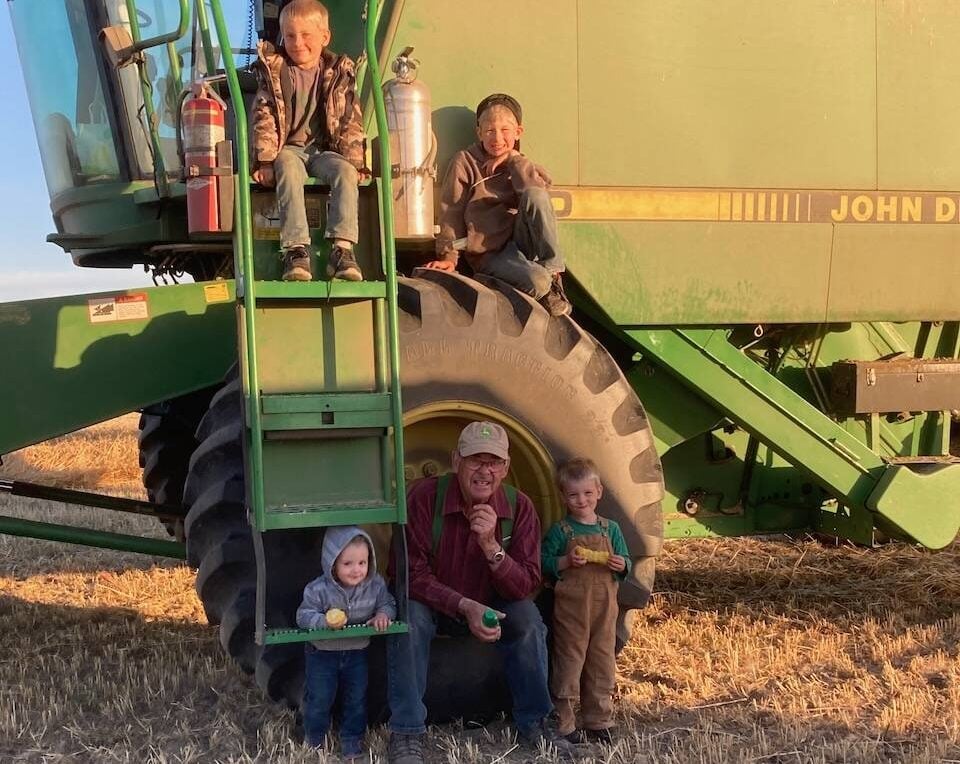
Harvest wraps up and fall work begins
At the Eppich famly ranch in western Saskatchewan, the fall harvest was successful with few breakdowns, cows and calves have been sorted and a new tractor has arrived
The bottom line is to evaluate the circumstances and the risk/reward of butchering versus trying to treat the condition. The number one rule is do not initiate any treatment until you know prognosis for survival is relatively good. Even if you do initiate treatment, it might be best to use products with very short withdrawal periods. There is always the chance to hold the animal until products are cleared from the system.
Veterinarians and producers get pretty good at determining the clear-cut cases of when slaughter is the best option. I once had a bred cow spin out on exit from the chute, resulting in a compound fracture of the bone by the fetlock joint. That was an obvious one to butcher immediately. No drugs had been given and it was a mature pregnant cow in the middle trimester of pregnancy. If the fracture was not compound, it may have been one that could have been cast successfully with materials available today, but when the bone compounded it got contaminated. There was no way it would ever heal. Although unfortunate, the cow could immediately be butchered to end suffering and recover good-quality meat.
With a “regular” downer, it is important to decipher if the animal is down due to a broken leg, tibia, or a blown cruciate ligament. There may a need for a careful examination to determine the exact cause.
Producers sometimes think an animal is down due to milk fever. Calcium may be given which is OK, as there is no withdrawal period. But do not treat with anything else unless you know for sure what condition is being treated.
We all know downers do not often have a favourable outcome. An animal may also be down due to a difficult calving, a ripped uterus causing blood loss, or going into shock from a prolapsed uterus. These cases may be butchered as long as there is no infection, no fever, and no other abnormalities discovered during the slaughter process. Heavily pregnant to recently calved cows will have a very fatty liver but it can be discarded.
If there is ever any doubt about carcass quality discovered during butchering, get it checked by your veterinarian. Hunters often do that with game meat. We can send in tissue samples to the lab to make sure the suspect condition has not affected the meat quality. The clinical lumpy jaw that affects the mandible, the early Johne’s cow losing weight and the cancerous eye where the cancer has not spread into the adjoining lymph nodes, should pass health inspection if detected early.
Determine meat quality
These animals can also be butchered on the farm but if in doubt, consult your veterinarian. They might also question you about the potential for any drug residues, which is really important, since your family may be eating all the meat.
In some difficult calvings such as torsions or other malpresentations such as a breech where the calf may already be dead, there could be a risk of infection or of toxins spreading into the bloodstream of the cow. These are all individual decisions depending on the amount of time that has elapsed and the body temperature and condition of the cow. Special care needs to be taken when dressing the carcass and removing the uterus with the calf to ensure meat is not contaminated.
In the old days, the government labs would check meat for edibility, including a bacterial count and actually cooking a bit to check for odd odours to make sure it was safe. Today, just a bacterial count is made by the diagnostic labs, with other services gone by the wayside.
I have had many questions over the years about salvage options involving cattle clinically affected with conditions such as blackleg, malignant catarrhal fever or pneumonia, to name a few. Anytime a clinical disease affects the whole body, the meat is severely affected and cannot be consumed.
A severely lame animal is a perfect example where it is important to determine a prognosis for recovery. Depending on several factors, slaughter could be considered sooner than later.
Veterinarians will also work with local butchers and producers that butcher their own animals when they run across some unusual condition of the meat in an apparently healthy animal. I have also on occasion fallen back on the provincial meat inspectors if I am stumped.
We must consider these as potential animal welfare issues. If you do decide to treat an injured animal, use products with short slaughter withdrawal periods. There is nothing worse than if animal is put down because of a broken leg, but before thinking a producer had pumped antibiotics into it. This becomes a costly mistake.



